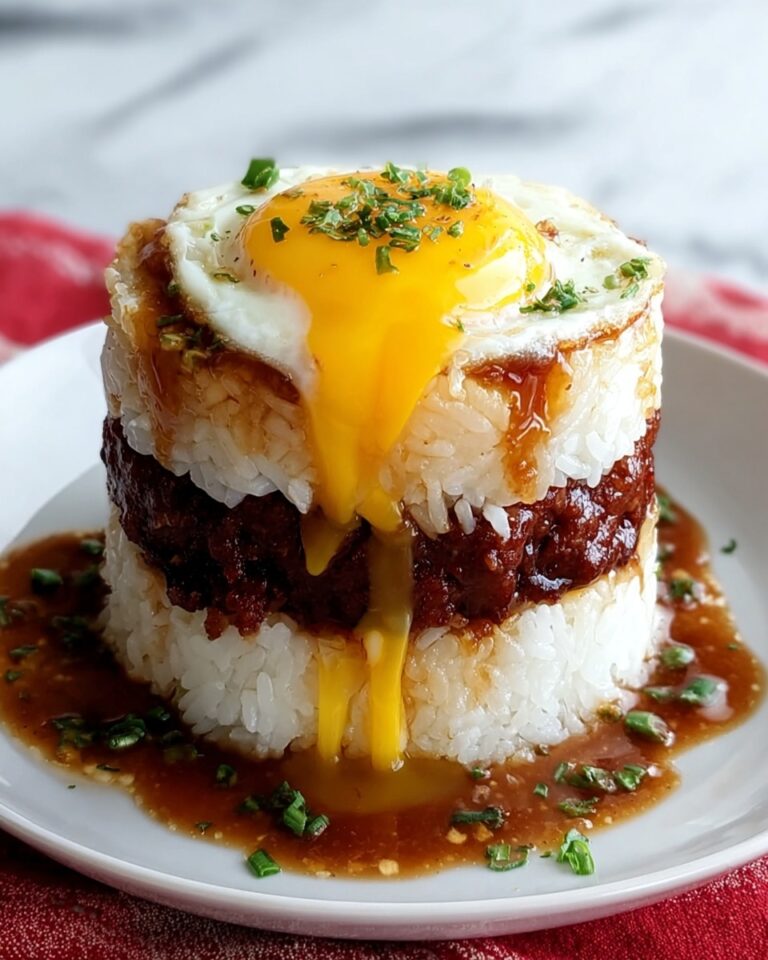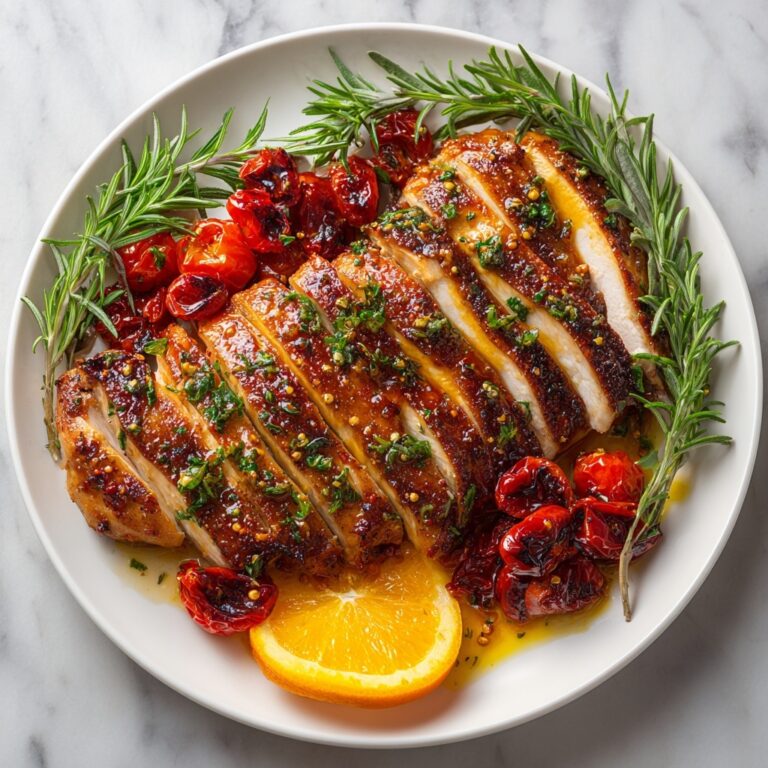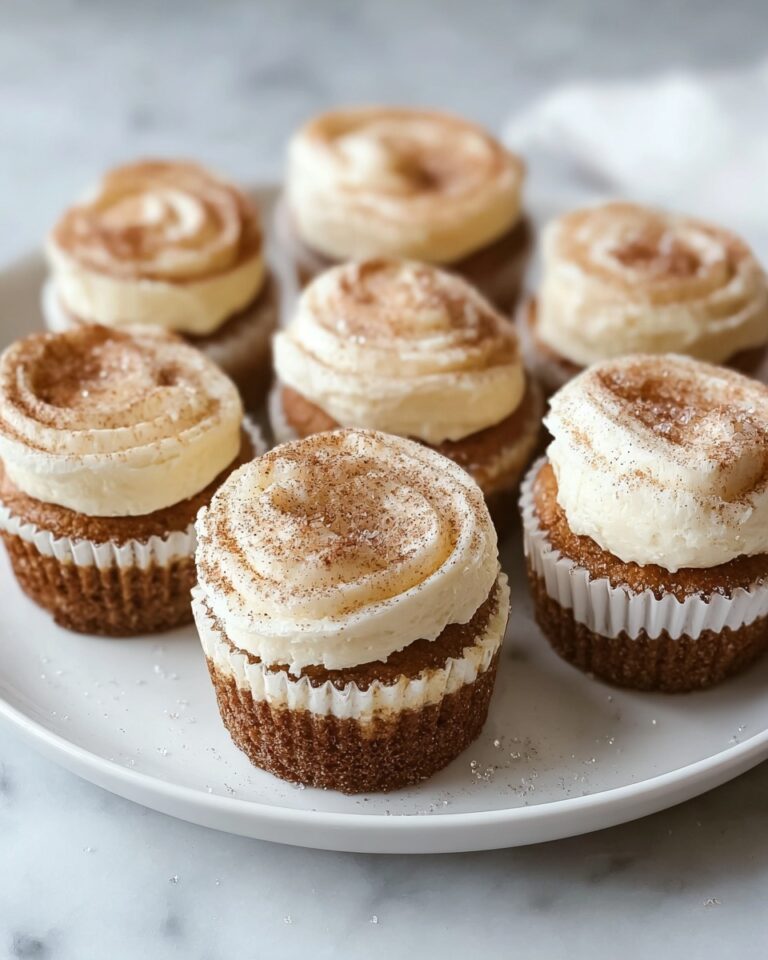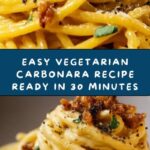If you love classic Italian comfort food but want a twist that’s both wholesome and meat-free, this Vegetarian Carbonara Recipe is exactly what you need. It captures all the creamy, savory goodness of traditional carbonara without sacrificing any flavor or texture. Simple ingredients come together in a way that feels indulgent and satisfying while remaining friendly to vegetarians and anyone looking to enjoy a lighter, yet truly delicious pasta dish. Whether you’re cooking for family or impressing friends, this recipe delivers a meal that feels like a warm hug on a plate.
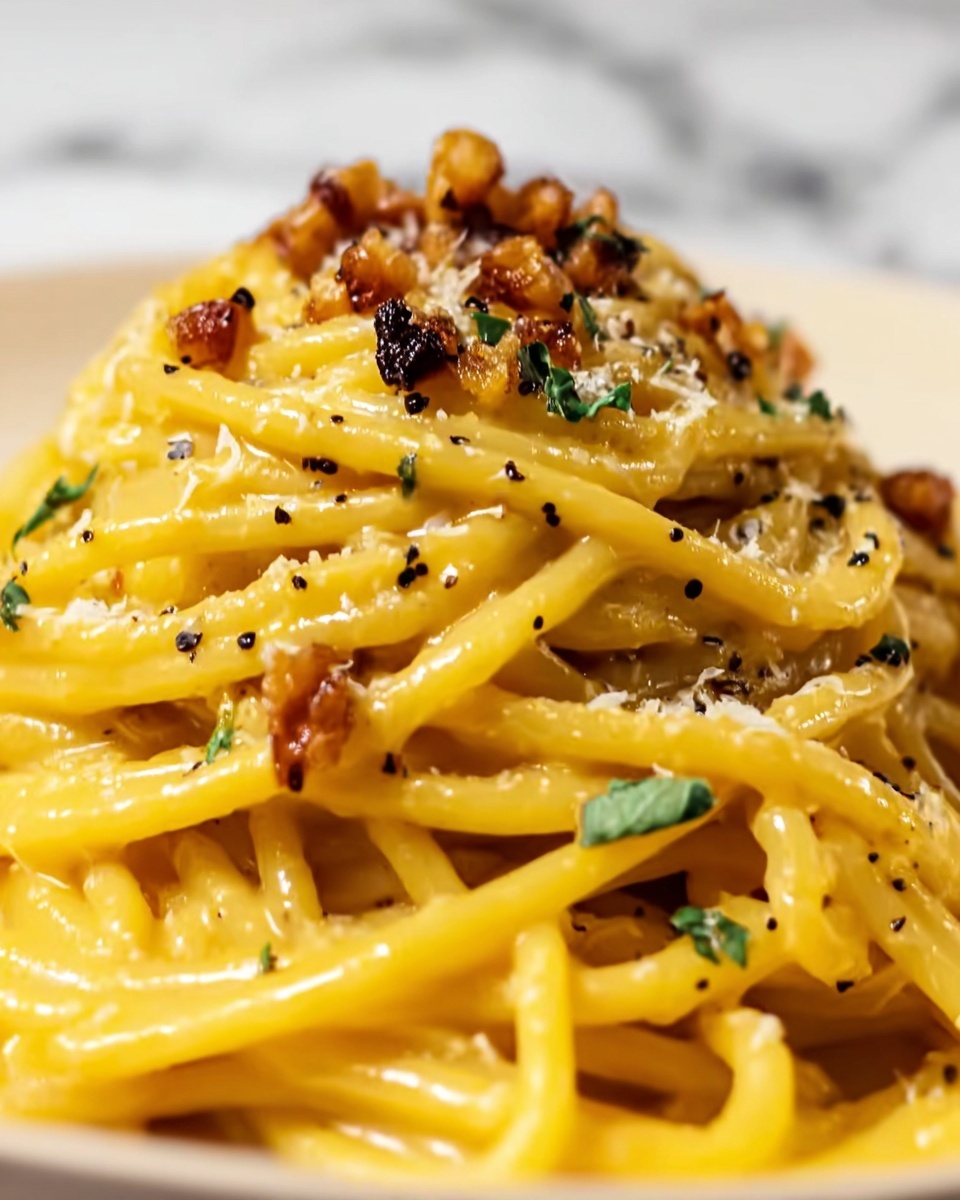
Ingredients You’ll Need
This Vegetarian Carbonara Recipe relies on straightforward ingredients that are easy to find but packed with purpose. Each component adds flavor, texture, or creaminess to build up a beautifully balanced dish without fuss.
- 12 oz spaghetti or pasta of your choice: Choose whatever pasta you love, but spaghetti works perfectly to hold the sauce.
- 2 tablespoons olive oil: A good olive oil adds a fragrant and silky base for sautéing the aromatics.
- 1 small onion, finely chopped: Brings subtle sweetness and depth after cooking gently.
- 3 garlic cloves, minced: Infuses the dish with unmistakable warmth and aromatic punch.
- 1/2 cup frozen peas (optional): Adds bright color and a burst of natural sweetness that contrasts beautifully.
- 1/2 cup mushrooms, sliced (optional): Brings earthiness and umami, mimicking the meaty feel without any actual meat.
- 3 large eggs: The heart of the creamy sauce, giving protein and luxuriously smooth texture.
- 1/2 cup grated Parmesan or vegetarian hard cheese: Provides a sharp, salty kick and richness.
- Salt and black pepper, to taste: Essential for seasoning and bringing everything alive.
- 1/2 teaspoon smoked paprika (optional): Adds a subtle smoky note, elevating the flavor complexity.
- 1/4 cup fresh parsley, chopped: For a fresh, vibrant finish and visual pop.
How to Make Vegetarian Carbonara Recipe
Step 1: Cook the Pasta Perfectly
Start by boiling your pasta in a large pot of generously salted water. Cooking it until al dente is key to achieving that ideal bite that holds up well when tossed with the sauce. Don’t forget to save about one cup of the pasta water before draining — this starchy water is your secret weapon to help the sauce cling lovingly to every strand.
Step 2: Sauté Your Aromatics and Vegetables
While the pasta cooks, heat the olive oil in a skillet over medium heat. Add the finely chopped onion and cook it gently for 3 to 4 minutes until it softens and releases its sweetness. Then, toss in the minced garlic and sauté for just about a minute to avoid bitterness. If you’re including peas and mushrooms, this is the moment to add them—they cook quickly and become tender, adding lovely texture and earthiness to balance the creaminess.
Step 3: Mix the Creamy Sauce Ingredients
In a separate bowl, whisk together the eggs, grated Parmesan, salt, freshly ground black pepper, and smoked paprika if you’re using it. This mixture is what transforms your pasta into that signature rich yet light carbonara sauce. The cheese melts into the eggs, creating a silky coating once combined with the hot pasta.
Step 4: Combine Pasta and Sauce Off the Heat
Once the pasta is drained, quickly add it to the skillet with your sautéed veggies, then remove the pan from the heat entirely. Pour in the egg and cheese mixture, stirring vigorously to coat the pasta. The residual heat cooks the eggs just enough to create a creamy, luscious sauce without scrambling. If the sauce feels too thick, splash in some of that reserved pasta water to get the perfect consistency.
Step 5: Garnish and Serve Immediately
The final flourish is chopping fresh parsley and sprinkling it over the top for a burst of herbal brightness and color. This simple touch makes the dish look as inviting as it tastes. Serve your Vegetarian Carbonara Recipe straight away while it’s warm, creamy, and comforting.
How to Serve Vegetarian Carbonara Recipe
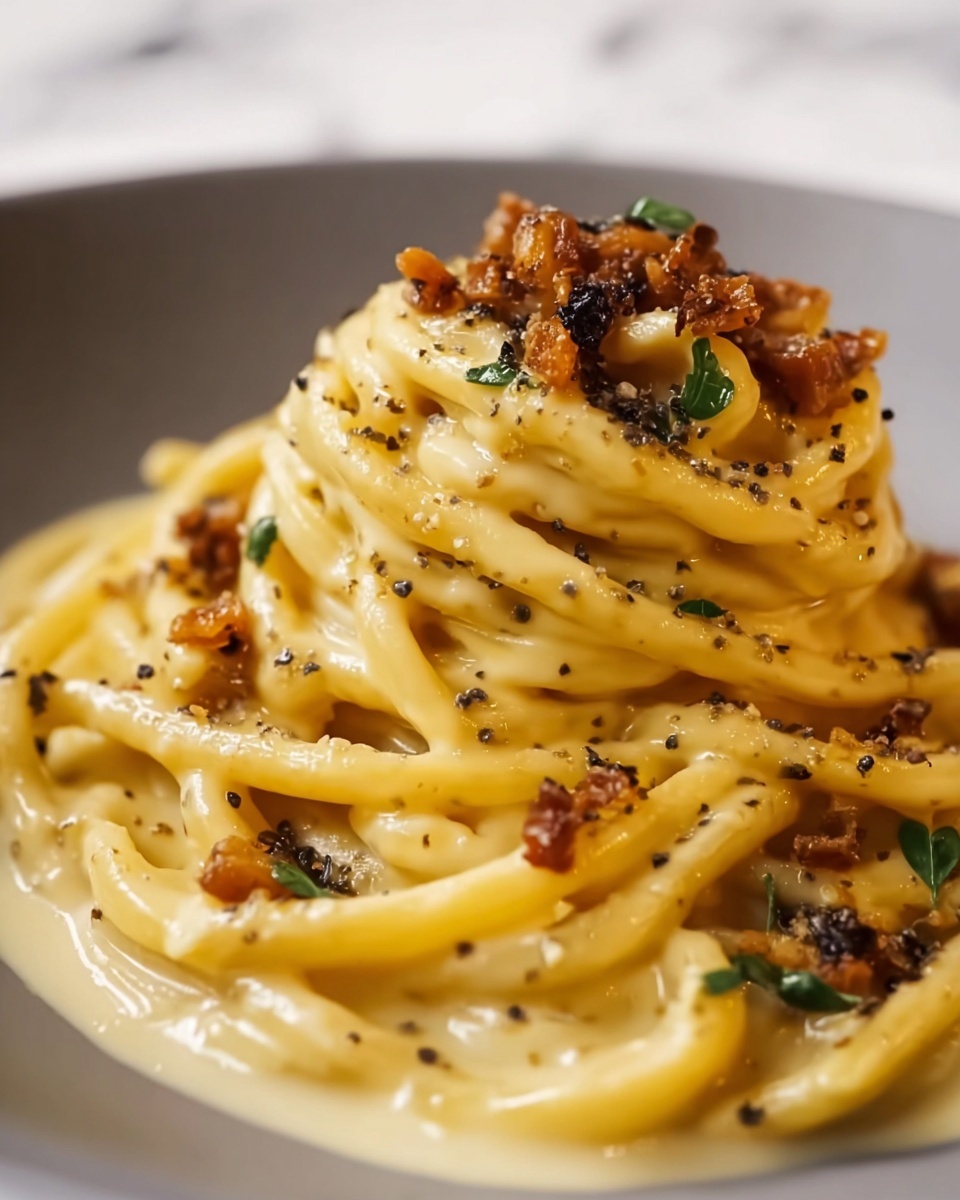
Garnishes
Fresh parsley is a wonderful garnish that adds vibrant color and a subtle flavor lift. For a bit of extra indulgence, consider a sprinkle of extra grated Parmesan or a drizzle of high-quality olive oil. A twist of freshly ground black pepper right before serving adds an aromatic finish you don’t want to skip.
Side Dishes
Since this pasta is rich and filling, lighter sides work best. A crisp green salad dressed with lemon vinaigrette or a plate of roasted seasonal vegetables will complement the creaminess perfectly. For something heartier, a crusty garlic bread adds a great textural contrast and helps soak up any leftover sauce.
Creative Ways to Present
Present your Vegetarian Carbonara Recipe by twirling portions of pasta onto each plate with a fork for an elegant touch. Garnish with a whole sprig of parsley or even edible flowers for a stunning visual appeal. Serving in warm bowls emphasizes the comforting nature of this dish, especially when entertaining guests.
Make Ahead and Storage
Storing Leftovers
Leftovers can be stored in an airtight container in the refrigerator for up to 2 days. Because this dish tastes best fresh, try to enjoy any extras quickly to keep the eggs from thickening too much. Store the pasta and sauce together for best results.
Freezing
Freezing pasta with an egg-based sauce is tricky, as the texture and flavor may change. It’s best not to freeze this Vegetarian Carbonara Recipe. Instead, cook it fresh when possible to enjoy that creamy, velvety texture at its best.
Reheating
To reheat, warm the pasta gently in a skillet over low to medium heat, adding a splash of water or vegetable broth to loosen the sauce. Avoid microwaving at high heat as it can scramble the eggs and make the sauce grainy. Stir often and heat just until warmed through.
FAQs
Can I make this Vegetarian Carbonara Recipe vegan?
Traditional carbonara relies on eggs and cheese for its creamy texture, so to make it vegan, you’d need substitutes like silken tofu or vegan cheese and a plant-based “egg” replacement. Flavor will differ, but it’s absolutely possible to create a delicious vegan twist.
What’s the best pasta to use for this recipe?
Spaghetti is classic and perfect for this recipe because its long strands hold the creamy sauce nicely. However, feel free to experiment with fettuccine, linguine, or even penne depending on your preference and what you have on hand.
Why do you add the egg mixture off the heat?
Adding the egg mixture off the heat ensures the eggs cook gently from the residual warmth of the pasta, forming a silky sauce instead of turning into scrambled eggs. This technique is essential for achieving the smooth, creamy texture characteristic of a great carbonara.
Can I add other vegetables to this recipe?
Definitely! While peas and mushrooms add wonderful flavor and texture, you can experiment with zucchini, spinach, asparagus, or cherry tomatoes to add your own creative touch while keeping it vegetarian.
How do I get the smoky flavor without smoked paprika?
If you don’t have smoked paprika, try using a dash of liquid smoke very sparingly or add some roasted red pepper flakes for mild heat and depth. Alternatively, sautéing the mushrooms or onions until slightly caramelized can add a subtle smoky nuance.
Final Thoughts
I can’t wait for you to whip up this Vegetarian Carbonara Recipe and experience how effortlessly it brings comfort and flavor to your table. It’s the kind of dish that’s simple to make but feels special and satisfying every time. Whether you’re cooking for loved ones or treating yourself, this recipe is sure to become a new favorite. So grab your ingredients, and let’s get cooking!
Print
Vegetarian Carbonara Recipe
- Prep Time: 10 minutes
- Cook Time: 20 minutes
- Total Time: 30 minutes
- Yield: 4 servings
- Category: Main Course
- Method: Stovetop
- Cuisine: Italian
- Diet: Vegetarian
Description
A quick and creamy vegetarian take on the classic Italian carbonara, using eggs and Parmesan cheese to create a luscious sauce without any meat. This recipe includes optional vegetables like peas and mushrooms for added flavor and texture, making it a satisfying meal perfect for busy weeknights.
Ingredients
Pasta and Vegetables
- 12 oz (340g) spaghetti or any pasta of your choice
- 2 tablespoons olive oil
- 1 small onion, finely chopped
- 3 garlic cloves, minced
- 1/2 cup frozen peas (optional)
- 1/2 cup mushrooms, sliced (optional)
Sauce
- 3 large eggs
- 1/2 cup grated Parmesan cheese (or a vegetarian hard cheese)
- Salt and black pepper, to taste
- 1/2 teaspoon smoked paprika (optional, for a smoky flavor)
Garnish
- 1/4 cup fresh parsley, chopped
Instructions
- Cook the Pasta: Bring a large pot of salted water to a boil and cook the pasta until al dente according to package instructions. Before draining, reserve about 1 cup of the pasta cooking water to help loosen the sauce later.
- Sauté Vegetables: While the pasta cooks, heat olive oil in a skillet over medium heat. Add the finely chopped onion and sauté for 3 to 4 minutes until softened. Add the minced garlic and cook for an additional minute. If using peas and mushrooms, add them now and cook until tender and heated through.
- Prepare the Egg Mixture: In a separate bowl, whisk together the eggs, grated Parmesan cheese, salt, black pepper, and smoked paprika until smooth and well combined.
- Combine Pasta and Sauce: Add the drained pasta to the skillet with the cooked vegetables. Remove the skillet from the heat to prevent the eggs from scrambling. Immediately pour the egg and cheese mixture over the pasta, stirring quickly and continuously to coat the pasta evenly and form a creamy sauce. Add reserved pasta water a little at a time if the sauce seems too thick.
- Garnish and Serve: Sprinkle the chopped fresh parsley over the pasta. Serve immediately while warm and enjoy your creamy vegetarian carbonara.
Notes
- For best results, remove the skillet from heat before adding the egg mixture to avoid scrambling.
- Use freshly grated Parmesan or a vegetarian substitute for the best flavor.
- The smoked paprika is optional but adds a nice smoky depth to the dish.
- You can substitute spaghetti with any pasta shape you prefer.
- Reserve pasta water helps adjust the sauce consistency perfectly.


